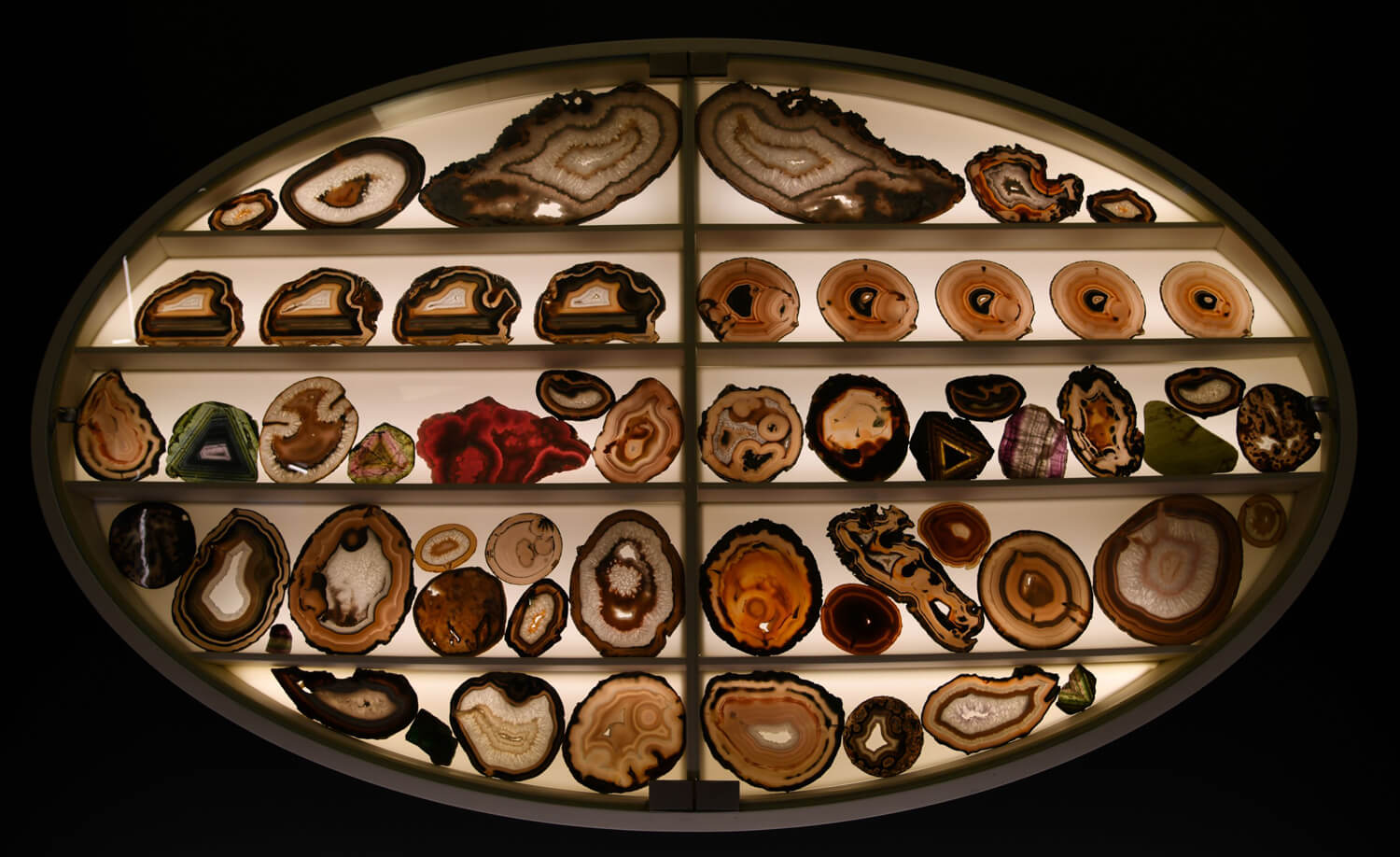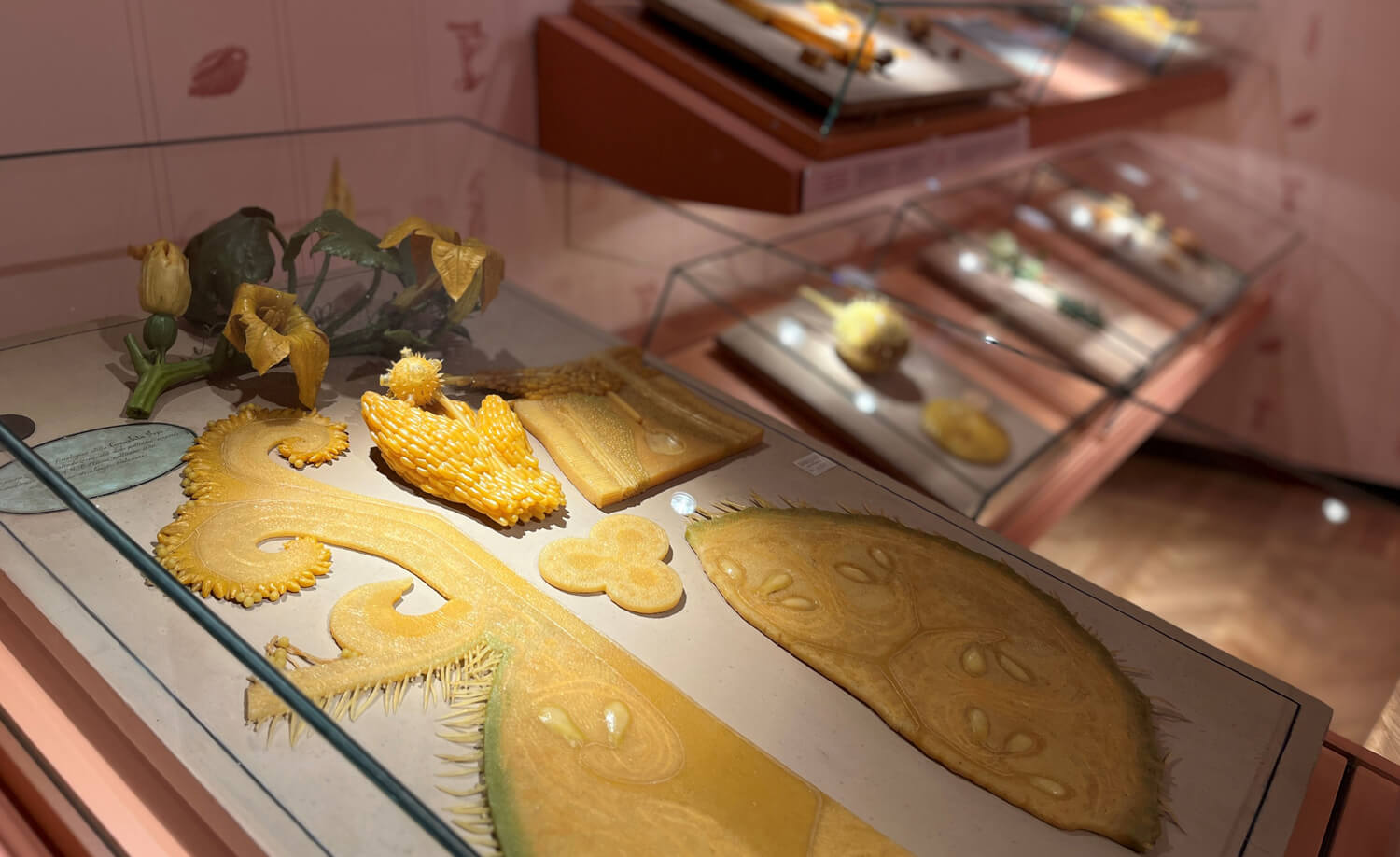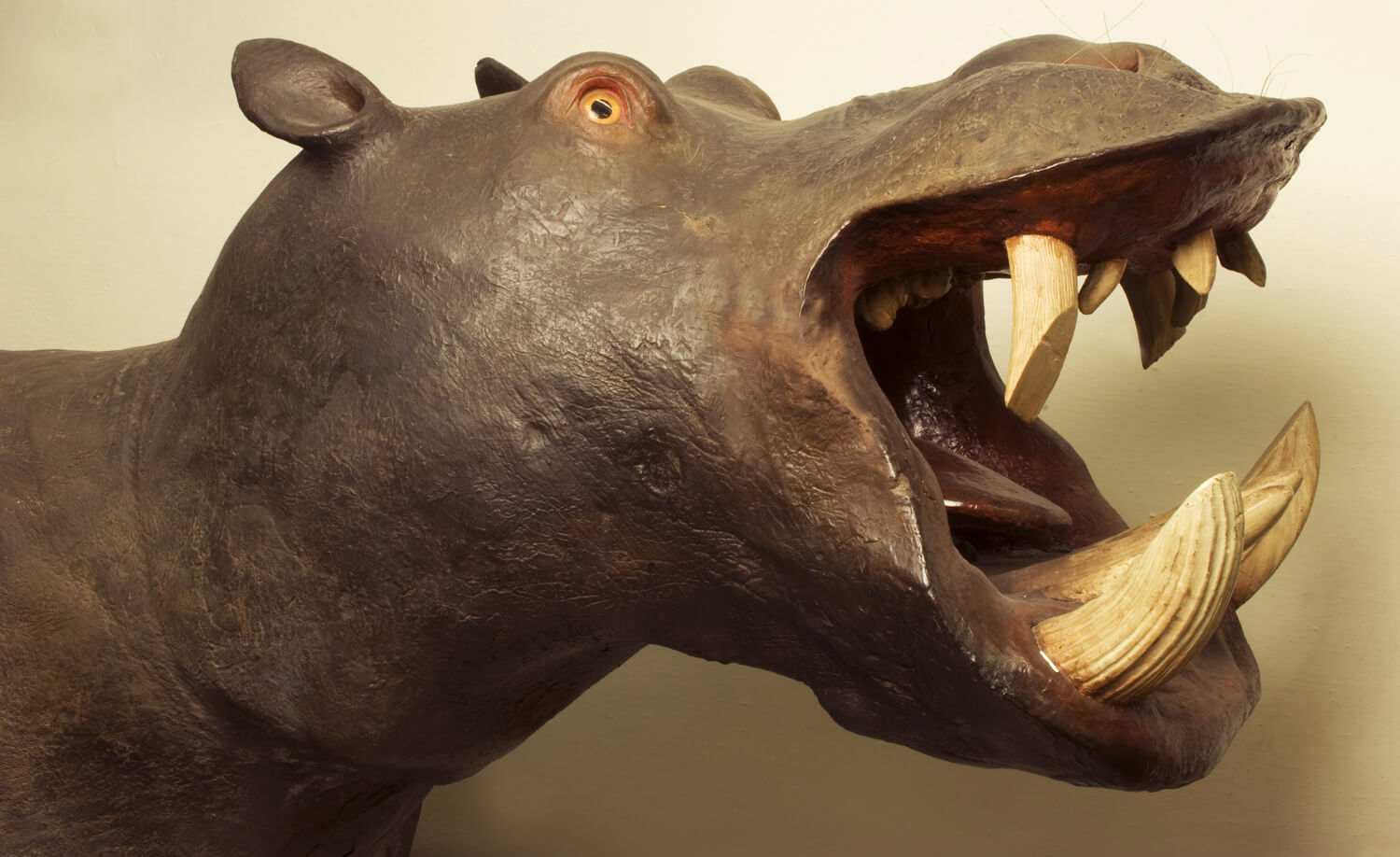on 22 February 2024 after an extensive renovation. The museum houses an extraordinary collection ranging from mineralogy to astronomy, anthropology, botany and zoology, with more than 3.5 million animal exhibits, over 50,000 mineral and rock specimens from all over the world and from extra-terrestrial sources, as well as the world’s largest collection of anatomical waxes from the 18th century – produced by workshops that were already operating in 1771 and closed in the second half of the 19th century.
Inaugurated almost 250 years ago at the behest of the Grand Duke Peter Leopold of Lorraine, it was the first natural history museum open to the public and soon became an obligatory stop on the famous Grand Tour. The likes of Goethe, Stendhal and the Marquis De Sade were fascinated by its incredible collections, as was, more recently, the fashion designer Jean Paul Gaultier, who in 1996 ‘dressed’ some of its wax Venuses, who were then the stars of an exhibition in Milan in 2023 by director David Cronenberg.
Here nature, science and legendary stories intertwine, such as that of the great Indian elephant that was exhibited alive in the Loggia dei Lanzi and died in 1655, whose bones are preserved in the museum. And then there is the tale of the hippopotamus that lived in the Boboli Gardens and was later embalmed.
The exhibition itinerary includes 23 rooms dedicated to zoology, the rooms of anatomical waxes, exhibited according to an almost unaltered layout since the 18th century, the Tribuna di Galileo, a secular temple designed in memory of the famous Tuscan scientist, the Hall of the Skeletons and the Turret, the centrepiece of which is the Sundial Room, or Stork Room, rich in neoclassical stuccoes depicting birds in the act of taking flight, with a still functioning sundial from 1784 on the floor. And to crown it all, from the octagonal upper room, one can see a truly magnificent view of Florence.







